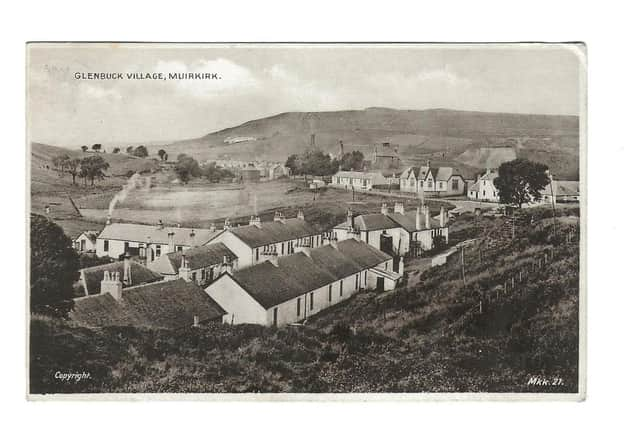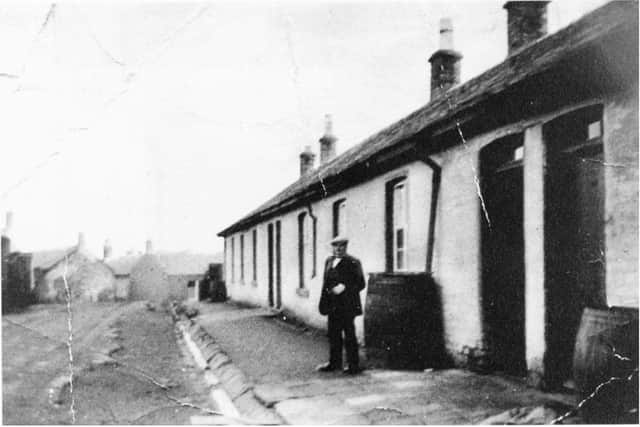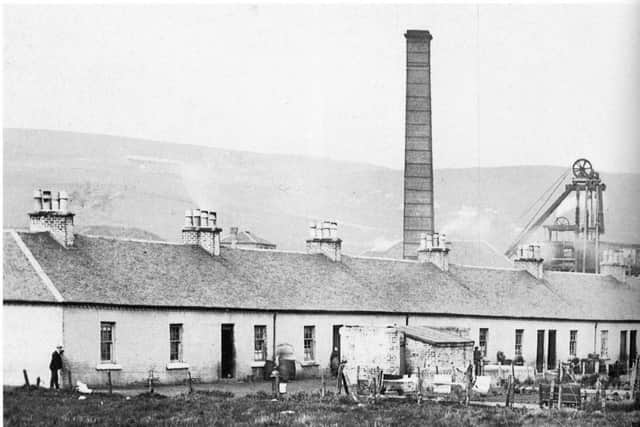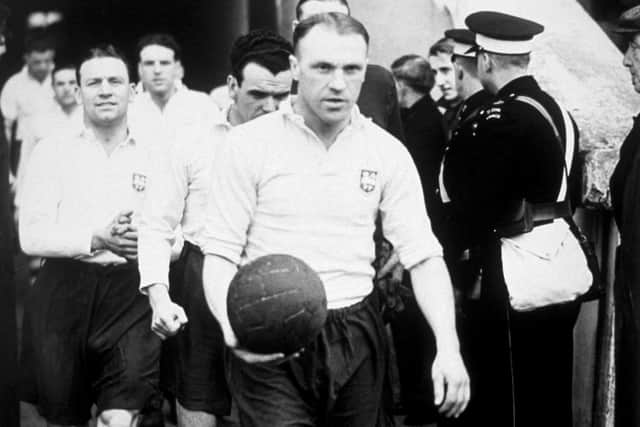Search for residents of six lost Scottish villages gets underway
Now life in six East Ayrshire mining villages – all which have now vanished from the landscape – is being re-told with academics searching for former residents and their families to share their stories.
The villages thrived from the late 1800s and survived until the 1950s, when mines started to close and new housing regulations served notice on the decaying cottages where residents lived in one room and kitchen – sometimes ten to a house – with open sewers and pails often serving as toilets.
Advertisement
Hide AdAdvertisement
Hide Ad

Benquhat, Burnfoothill, Lethanhill, Darnconner and Commondyke are all of interest to researchers at the Scottish Oral History Centre at Strathclyde University along with Glenbuck, the childhood home of footballer Bill Shankly who managed Liverpool in the 1960s.
Dr Yvonne McFadden, research associate at the centre, said: “A lot of these memories are going to be lost soon if we don’t capture them. They are really important to the industrial heritage of Scotland.
"East Ayrshire was such a integral part of that heritage and there hasn’t been this type of work to capture the lives of the miners and their families before.”
Stories so far have been shared by miners’ children, who are now in their 70s, 80s and 90s.


Many still live in villages their parents were decanted to – such as Dalmellington and Auchinleck – once the mines closed.
The villages were of significant size, with Lethanhill an Burnfoothill having 300 houses combined.
Money for rent would come straight out of wages, most of which would be paid right back to the employers, which included the Dalmellington Iron Company and the Eglinton Iron Company.
Dr McFadden said: “They are living in company villages where the company has its own store. The company also has a beer store. From your money, you pay the company for rent, for your food and for your beer.”
Advertisement
Hide AdAdvertisement
Hide Ad

One interviewee, referencing the Johnny Cash song Sixteen Tons, said: “I sold my soul to the company store.”
Tom Wilson, who lived at Benquhat, recalled how there were chains over the road to stop other suppliers – such as the Co-op van – coming up the street.
"It was a captive population,” Dr McFadden said.
Another contributor, Alex Kirk, whose father mined at Lethanhill, recalled how miners put in £1 each to build their own access road to the village so they could by-pass company property.


Dr McFadden said: "All the living conditions are similar. They don’t have running water, each row has a spot where water was hand pumped.
"There were no toilets. Sometimes there was a shared toilet, but at Burnfoothill there was no toilet at all. People would go on the moor or use a pail. People would dig their own middens.”
Dr McFadden said most of the interviewees had spoken of the sense of community in the villages, which also had their own schools.
"Most people looked back on it with fondness,” Dr McFadden said.
More stories of village life are being sought, with the contributions to be archived at the Oral History Centre and with East Ayrshire Council. A book will also follow.
The launch of the project, which is being run in conjunction with Coalfield Communities Landscape Partnership, will be held at Dalmellington Community Centre on Friday, July 9 from 10:30 to 3:30pm. Stories and memories will be recorded at the event. All welcome.
A message from the Editor:Thank you for reading this article. We're more reliant on your support than ever as the shift in consumer habits brought about by Coronavirus impacts our advertisers.
If you haven't already, please consider supporting our trusted, fact-checked journalism by taking out a digital subscription.
Comments
Want to join the conversation? Please or to comment on this article.
